Speak to one of our experts now about this offer
In the arid landscapes of central Rajasthan, Jodhpur’s blue-hued metropolis emerges from the desert. While there are only theories as to the origins of its indigo colours, all can agree that it’s a photographer’s heaven.
Every day feels adventurous when strolling labyrinthine streets filled with the scent of spices and echoing calls to prayer. Explore palaces, havelis and mind-bending stepwells once a vital source of water, where locals now take respite from sun.
Looming 400 feet over the city with almost divine status stands the Mehrangarh Fort, dressed in pink sandstone and perched imposingly on a cliff. Even in the evening you can sense its presence when its towering walls are romantically lit at twilight. Not only is it an impressive backdrop but an outdoor museum that marks the passage of time. Its intricate carvings and cannonball marks inflicted from attacking Jaipur armies and frescos depicting kings playing polo, which inspired the wearing of jodhpurs, tell the stories of centuries past.
In a city that’s as colourful as its culture, ask our travel experts on how to make the most of your time here whether that’s on an architectural expedition or on a history-focused tour.
Jodhpur Hotels
Our recommendations for the best places to stay in Jodhpur
Holidays in Jodhpur

- Jodhpur
People come to Taj Umaid Bhawan for a taste of Jodhpur’s old-world extravagance.

- Jodhpur
Set in the heart of the 'blue city' of Jodhpur, with spectacular views of Mehrangarh Fort, RAAS is a charming boutique hotel.
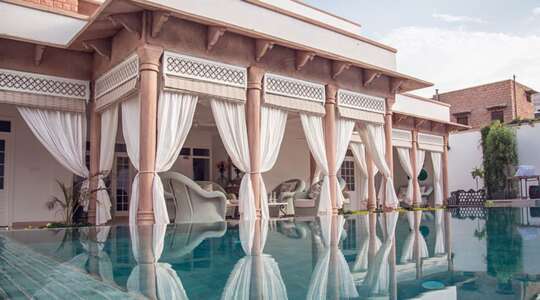
- Jodhpur
The Rohet House is a 400-year-old ancestral home in Jodhpur that has been converted into a luxury boutique hotel.
You may also like
Cook in a Blue House
This cooking experience takes place in a Jodhpur family home, a typical blue house with rooftop views over the city and Mehrangarh Fort. Your hosts are Brahmins and love to cook; the cuisine is vegetarian.
To start, you’ll learn how to make pakoras with tamarind and jaggery chutney served with masala tea, which you’ll enjoy on the rooftop looking out over the city. The mother of the house will lead the main cooking demonstration, translated by her husband who speaks fluent English. The dishes are made from seasonal vegetables such as eggplant, okra, cauliflower and cabbage. You’ll also make a dahl and chapati followed by a Rajasthan tali and to finish, a sweet such as halva.
Cooking skills have been passed down through the generations as in India cooking is done communally. You’ll also get to learn about the medicinal benefits of spices in Indian cuisine, for example, coriander is good for blood pressure and turmeric is good for your skin. Rather than buy a pre-mix masala, you will be shown how to make it fresh by mixing cardamom, black pepper and ginger. The whole experience takes about two hours, and you will be given handwritten recipes so you can recreate the meals when you get home.
Half Day Sightseeing Tour of the City
Jodhpur, the second largest city in Rajasthan, is also known as the Blue City. As soon as you step into the streets, you will see lanes of beautiful indigo-blue painted houses that belong to the Brahmins, the elite priestly caste of Hinduism.
On the way to Mehrangarh Fort which you’ll see located high on a hill above the city, a stop is made at Jaswant Thada, a royal cenotaph built in the later 19th century with white marble brought from the same quarry as that used for the Taj Mahal.
Head to the Mehrangarh Fort, founded by Maharaja Rao Jodha in the 15th century. This magnificent fortress was used as the private residence of the royal family. You enter through Jai Pol, meaning ‘Victory Gate,’ dedicated to the victory over the invading armies of Jaipur. After admiring some beautiful frescoes, walk through Fateh Pol where you can still see the cannonball marks from various attacks. Enter Shringar Chowk, a courtyard where the royal families were coronated. There’s a wonderful museum in which you can see all the elaborate howdahs (seats) that were fastened onto the maharaja’s elephants, made of silver, gold and delicate ivory work. The Flower Palace is another museum highlight with frescoes, miniatures and 24-carat gold leaf work.
The Bandhani Art of Jodhpur
Visit a home in Jodhpur to learn the ancient art of Bandhani – tie dye practiced by the people of Rajasthan and Gujarat. There are about 700 to 800 Muslim families in Jodhpur who practice the Bandhani technique on a daily basis and have been catering to merchants and wholesalers for centuries.
Your host for this tour learnt the skill from his grandfather. Tie dye has a long history in India that has evolved over time, from the days when only natural paints and hand-drawn designs were used to today’s modern stencils and paints that offer unlimited designs. Every piece created is unique and the most complicated designs can take up to 15 days to complete.
You will visit the workshop and learn about the textile traditions in India. During the demonstration the raw fabric, normally cotton or silk, is cut, folded and secured with stitches. A pattern is marked with iron stencils before tying knots in the fabric. You can then choose the colours and dip the fabric into the dye before the grand reveal of the final design.
Truck Painting Experience
Learn about India’s truck painting tradition at a family workshop in Jodhpur. s you drive through India, you’ll notice trucks decorated with all kinds of colourful pictures and slogans. The practice started to comfort homesick drivers who spend months at a time on the road and miss their families. When you visit the truck painters of Jodhpur, they’ll tell you about their family history and you’ll get to watch them work and even have a go at truck painting yourself.
Raja is a professional truck painter and along with his six brothers has been painting trucks in Jodhpur for 30 years. As a team, it takes them up to five days to decorate one vehicle, depending on its size and how detailed the design is. Visitors really enjoy this interactive experience and have lots of questions about their proud family tradition. After this tour you’ll see trucks with a completely different view.

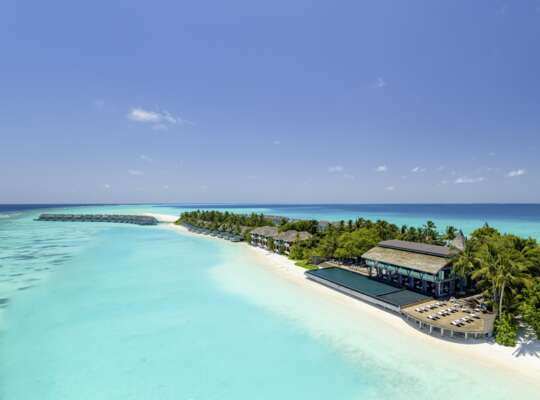
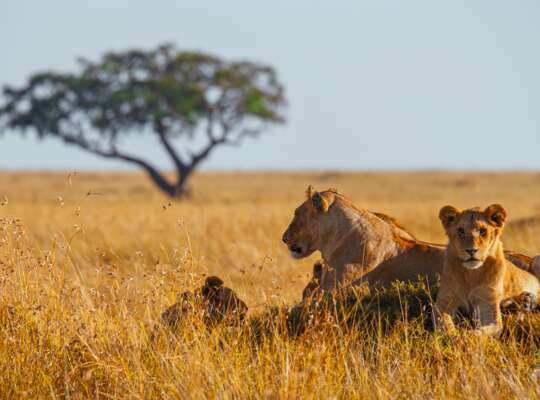




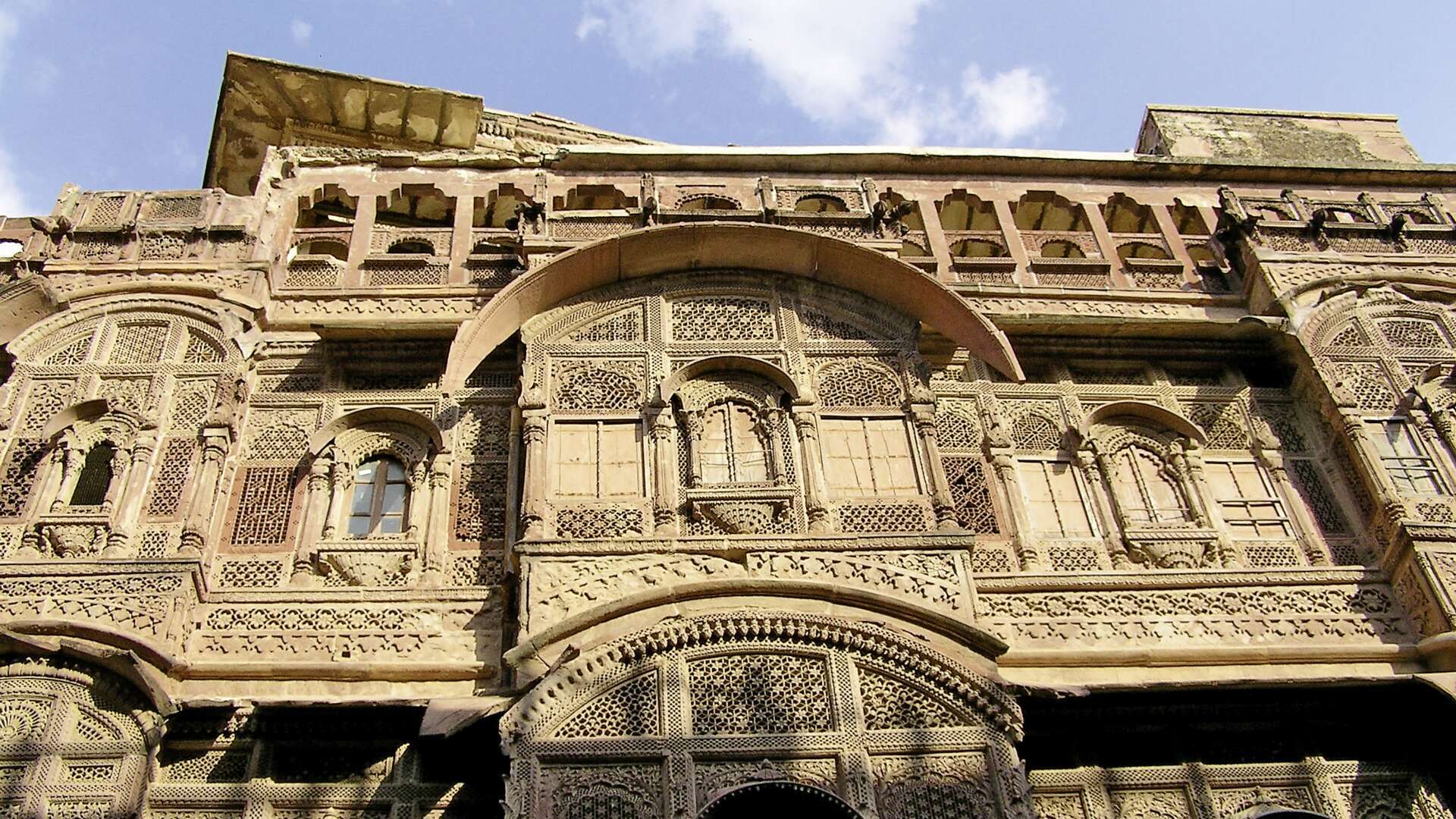
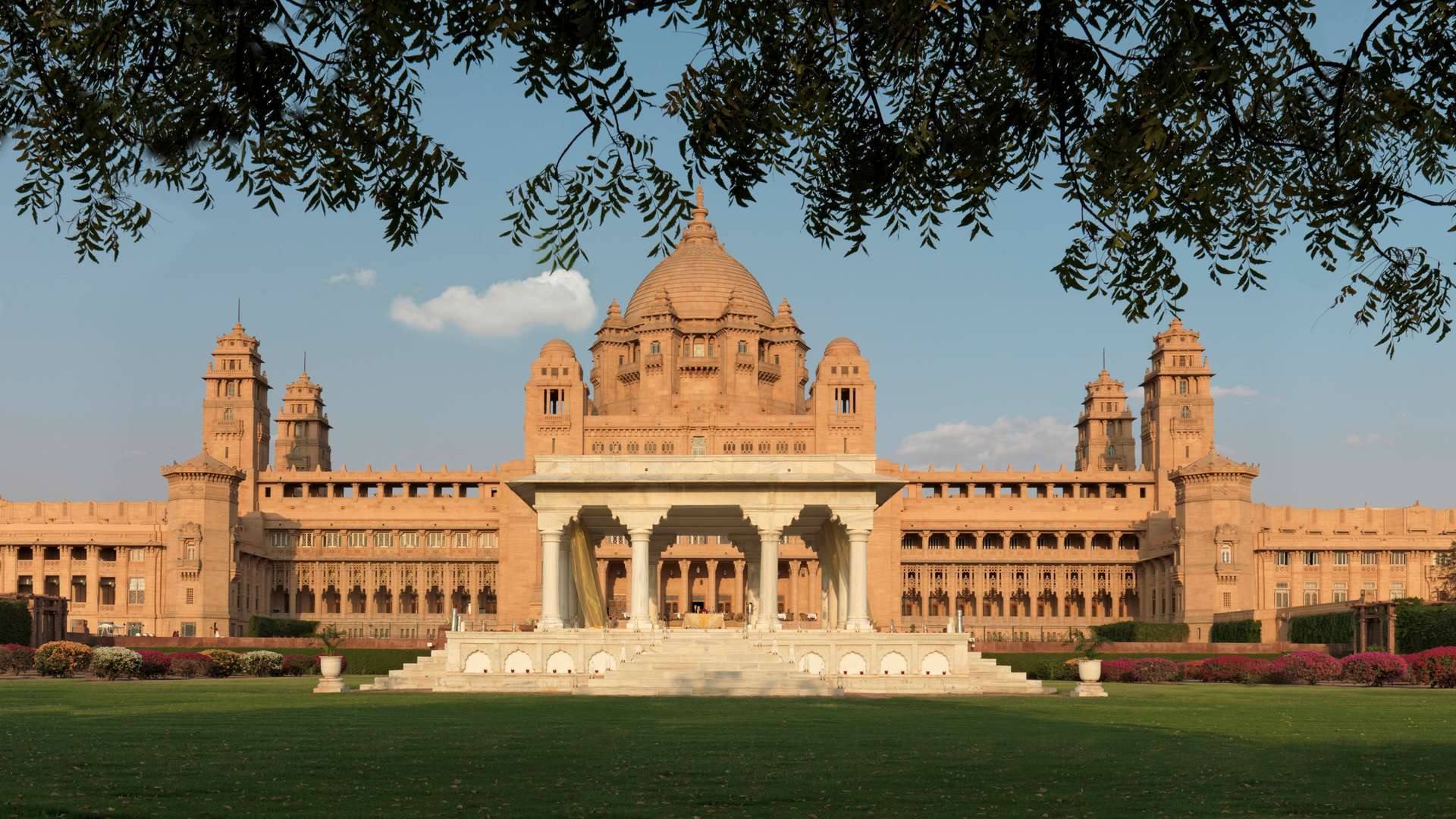
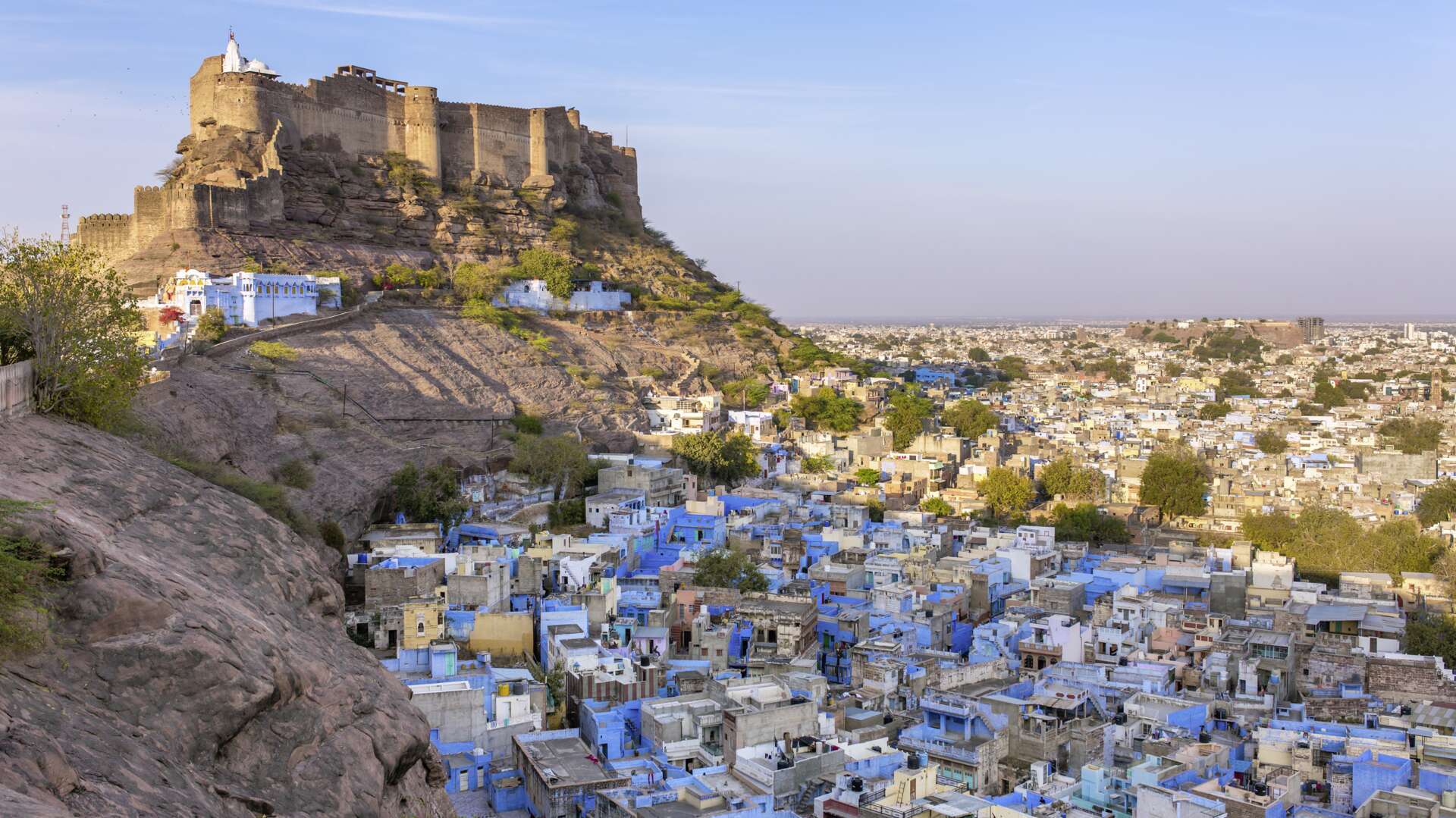

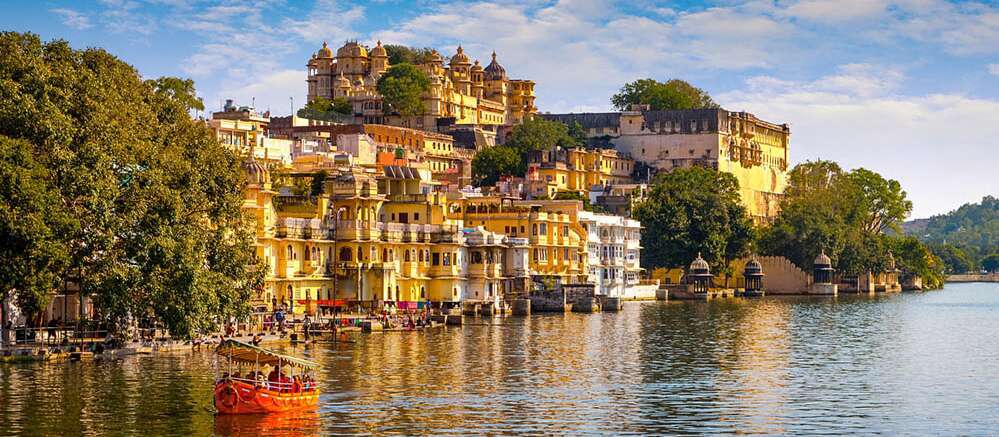

_w=24_h=25.webp?v=b71667f1b0243497a8c080edd5d032e11f899818)
_w=24_h=25.webp?v=b71667f1b0243497a8c080edd5d032e11f899818)
_w=24_h=25.webp?v=b71667f1b0243497a8c080edd5d032e11f899818)